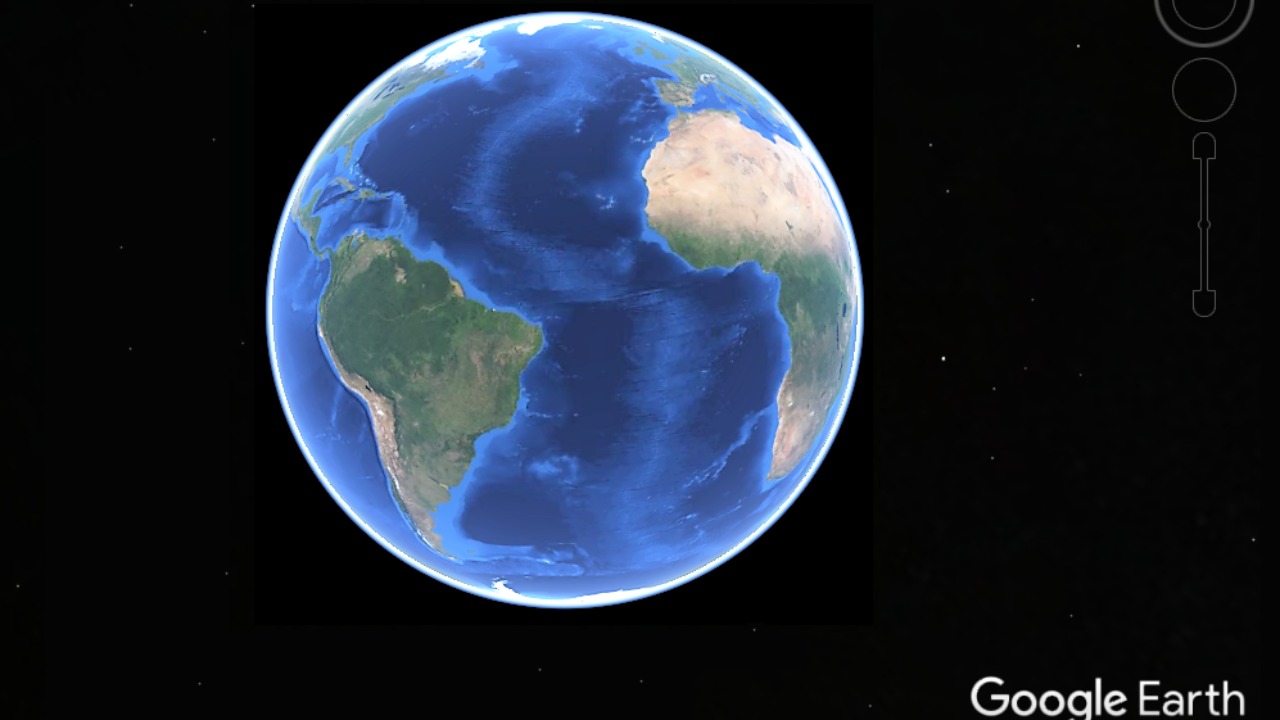
Google Earth is harnessing the power of artificial intelligence to revolutionize the way we detect and respond to weather disasters and climate issues. By integrating advanced machine learning capabilities, the platform aims to identify potential threats before they escalate into full-blown crises. This initiative, highlighted in recent coverage, positions Google Earth as a proactive tool for global environmental monitoring, potentially transforming how communities prepare for extreme events like floods, wildfires, and shifting climate patterns.
Core Features of Google Earth AI
At the heart of Google Earth’s new capabilities are AI-driven image analysis tools that process satellite data to identify early signs of weather anomalies. These tools can detect unusual cloud formations, rising sea levels, and other indicators that might precede severe weather events. By leveraging these insights, users can gain a clearer understanding of potential threats and take preemptive action. The system’s predictive algorithms are designed to forecast disaster risks by analyzing historical patterns, thereby generating alerts for regions that are particularly vulnerable to such events.
Google Earth AI’s integration with existing functionalities, such as 3D mapping, enhances its ability to visualize potential climate hotspots in real-time. This feature allows users to see a detailed representation of areas at risk, providing a comprehensive view of the environmental landscape. By combining these advanced technologies, Google Earth offers a robust platform for monitoring and responding to climate-related challenges, as detailed in a recent report.
Applications in Weather Disaster Prevention
Google Earth AI’s capabilities extend beyond mere detection; they also include practical applications in disaster prevention. For instance, the platform has been used in case studies to detect precursors to events like hurricanes and droughts, providing actionable insights for emergency responders. By analyzing terrain and precipitation data, the AI can monitor rapid-onset disasters such as flash floods, offering timely warnings that can save lives and minimize damage.
Partnerships with meteorological agencies further enhance the accuracy of Google Earth’s AI outputs. By aligning its predictions with verified weather models, the platform ensures that its alerts are reliable and actionable. This collaboration underscores the importance of integrating AI with traditional meteorological expertise to create a comprehensive approach to disaster prevention.
Addressing Broader Climate Challenges
Beyond immediate disaster prevention, Google Earth AI plays a crucial role in addressing broader climate challenges. The platform tracks long-term climate indicators, such as deforestation and ice melt, supporting global sustainability efforts. By providing tools for community-level impact assessment, Google Earth helps policymakers visualize carbon emission sources and biodiversity loss, facilitating informed decision-making for environmental conservation.
The scalability of Google Earth AI for international use is another significant advantage. The platform aids in climate adaptation strategies, particularly for developing regions that are disproportionately affected by climate change. By offering accessible and reliable data, Google Earth empowers communities worldwide to implement effective climate resilience measures.
Future Implications and Ethical Considerations
Looking ahead, the potential expansion of Google Earth AI into real-time global networks for continuous disaster monitoring is a promising development. This advancement could revolutionize how we track and respond to environmental threats, providing a constant stream of data to inform decision-making processes. However, this expansion also raises important ethical considerations, such as data privacy and AI bias in environmental predictions.
To address these challenges, transparent algorithm development is essential. By ensuring that AI models are free from bias and that data privacy is maintained, Google Earth can build trust with its users and stakeholders. Collaborative opportunities with NGOs and governments could further democratize access to these predictive capabilities, ensuring that all communities benefit from the insights provided by Google Earth’s AI.
More from MorningOverview